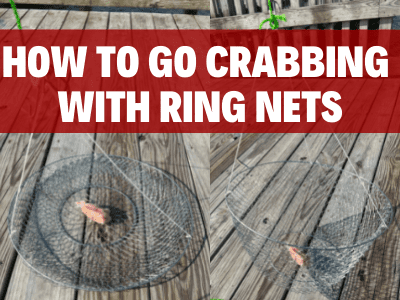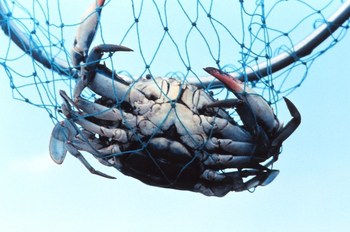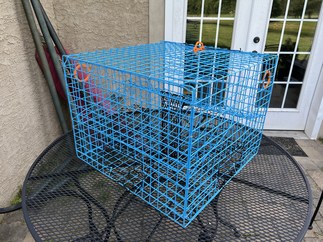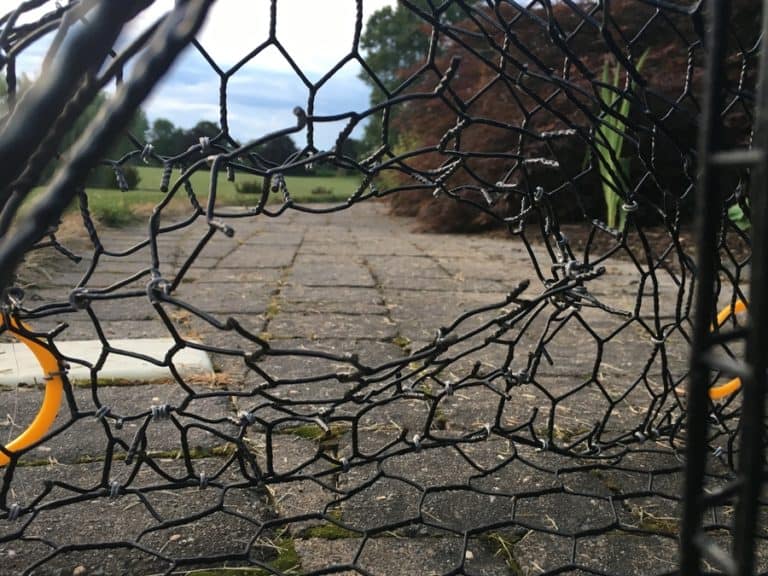Here’s How to Tell Whether a Crab is Hollow or Full of Meat
There’s nothing as discouraging as cracking open a crab and finding no meat. Today, I’m going to give you a few ways to tell if the crab you’re about to eat is hollow or full of meat.
To determine whether a crab is hollow or full of meat, look at its underbelly. A light-colored and white underbelly is a sign that the crab has recently molted, which means it has less meat and could be hollow. A darker, slightly discolored underbelly means that this crab has not molted for a significant period of time, and will have more meat.
Here’s my advice: Be picky! When you’re shopping for any species of crab at the seafood market, check its underbelly. It will be a much better deal to pick the slightly discolored crab over the snow white-bellied crab.
Look out for Whiteys!
When it comes to blue crabs, and if we’re using crabbing slang, most people are after a hard-shelled Jimmy. In plain English, that’s a large, meat-dense crab that’s ready to be cooked. What we’re going over in this article are the less valuable meat-hollow crabs that have a white underbelly. They are known as a “whitey” or “paper shell” by old-time mariners.
To further elaborate on the bolded answer above, the difference between a meat-filled and a meat-hollow crab is the coloring of its underbelly. You want the color of the crab’s underbelly to be a slight tinge of yellowish-brown. The more discoloring, the older the crab’s shell. With an older shell, the crab has had more time to pack on meat. Imagine the color of a slight coffee stain on a white t-shirt or the color of the sandy mud we Marylanders see on the Chesapeake’s riverbeds.
Another way to tell is to test the firmness of the crab’s shell. Test the crab you are testing and carefully turn it over. If you press on its underbelly and it’s flexible, this crab is hollow. A recently-molted crab will have a weak shell, which subsequently means less meat.
To understand why molting has such an effect on how meat-dense crabs are, I need to briefly explain the crab’s molting process. Instead of bones, crabs have an exoskeleton that works as a suit of armor. This protection cannot grow with the crab, so a crab must shed its exoskeleton periodically in order to grow.
For us, this can be either a good or bad thing. People seek out “peeler crabs” which are on the cusp of shedding their exoskeleton. They are usually placed in holding tanks by crabbing companies until the crab does shed its shell, which is how we get soft-shell crabs.
However, recently-molted crabs that are past the soft-shell stage will have very little meat. That’s how we end up with worthless whiteys who seem to have almost hollow shells.
If you would like to read more about a blue crab’s molting process, I recommend you read Bluecrab.info’s page on molting.
When do crabs have the most meat?
Crabs you purchase later in the crabbing season, usually from late summer to early fall, will have significantly more meat than crabs caught in early spring or winter. During the colder months (January-April), blue crabs burrow in the mud and migrate to colder waters. During this time period, they lose a great deal of meat density, resulting in lighter crabs in the early spring.
As the crabbing season progresses through the summer months, crabs will feed on algae and other sources of food to increase their meat density. By the end of the season, crabs are at their meatiest. You’ll be sure to see fewer “whiteys” and instead far more Jimmies who are ready to be thrown in the steamer.
The water is warmer in late summer and early fall, which makes blue crabs far more active. It’s the colder water’s temperature that causes crabs to burrow in mud over the winter months. The more active the crab is, the more it will eat and gain meat mass.
Keep in mind that this is a broad generalization. The months mentioned in this article are a prediction, while it all depends on whether the crabs are running at a certain time, the weather, and the temperature. The sooner it gets colder, the sooner the crabs become inactive.
Related Reading
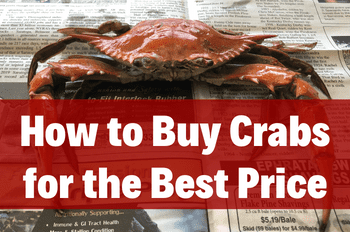
I just published an article on how to buy every type of crab whether you’re looking for Blue, Dungeness, King, or Snow Crabs. I include helpful information such as when they’re in season, how much you’ll need to feed your family, and so much more! Click here to read it yourself.


